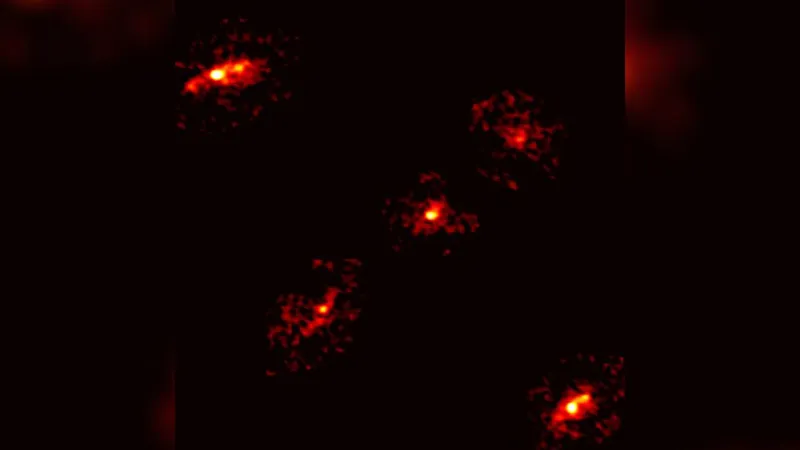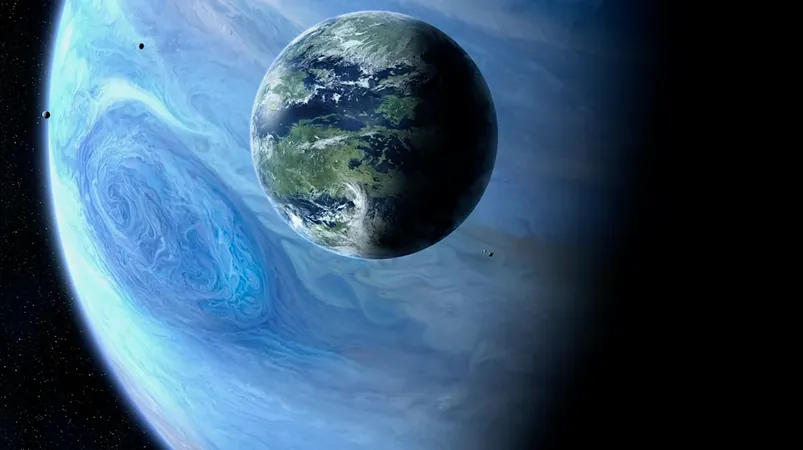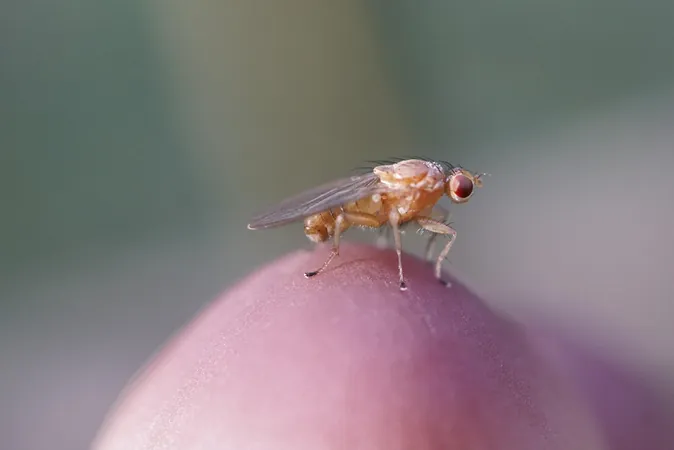
Soar Through Space: Explore Gaia's Stunning 3D Map of Stellar Nurseries!
2025-09-20
Author: Michael
When the ESA (European Space Agency) launched the Gaia spacecraft in 2013, it didn't quite grab the spotlight like the JWST or the first dazzling images from the Vera Rubin Observatory. But don’t let that fool you! Gaia embarked on a groundbreaking mission that, while lacking in picturesque photography, transformed our understanding of the cosmos.
Unlike traditional telescopes that paint beautiful pictures of celestial wonders, Gaia specialized in astrometry, an intricate science focused on measuring the positions, velocities, and distances of over 1.8 billion stars during its impressive 10.5-year mission. And now that mission is complete, it’s left us with an unparalleled map of the Milky Way.
The data gathered by Gaia will continue to fuel scientific inquiries for years, if not decades, making it foundational for future astronomical studies and discoveries.
Experience a Galactic Fly-Through!
Now, the ESA invites you to traverse this cosmic landscape with a breathtaking 3D video that explores some of the most vibrant stellar nurseries in our galaxy. These nurseries, essentially sprawling molecular clouds, are the cosmic cradles where new stars are born, lighting up the universe!
Stellar Wonders Await!
Prepare to be amazed as the video takes you to extraordinary locations like the Gum Nebula, the North American Nebula, the California Nebula, and the Orion-Eridanus superbubble.
The Mysteries of the Gum Nebula
First up is the stunning Gum Nebula, located about 1,470 light-years away. Once thought to be the remnants of a supernova, it actually hosts the ancient Vela Supernova Remnant, a celestial artifact around 11,000 years old. Its cometary globules—star formation sites that resemble comet tails—are shaped by the powerful radiation and winds of nascent stars.
Journey to the North American Nebula
Next, witness the majestic North American Nebula, named by its likeness to the continent. Discovered by astronomer William Herschel in 1786, this beauty lies approximately 2,600 light-years from Earth. Its captivating structure includes the prominent Cygnus Wall, which was only accurately measured thanks to Gaia.
The California Nebula's Cosmic Coastline
Then, glide over the California Nebula, which sits about 1,000 light-years away. Discovered in 1884, its striking outline draws comparisons to California's coastline, illuminated by a massive, blazing O-type star, Xi Persei, that packs more than 30 solar masses and shines with brilliance over 12,000 times that of our sun!
The Grandeur of the Orion-Eridanus Superbubble
Finally, dive into the Orion-Eridanus superbubble, a colossal cavity spanning around 1,200 light-years and lying about 500 light-years away. This enormous space was shaped by the explosive echoes of 10 to 20 supernovae and powerful stellar winds from massive young stars. Fascinatingly, some scientists speculate our sun may have passed through this incredible bubble long ago!
With each stunning scene, this 3D journey into Gaia's map allows us to grasp the extraordinary processes that stimulate star formation in our universe, whilst uncovering the stories of celestial bodies that continue to fuel our curiosity!









 Brasil (PT)
Brasil (PT)
 Canada (EN)
Canada (EN)
 Chile (ES)
Chile (ES)
 Česko (CS)
Česko (CS)
 대한민국 (KO)
대한민국 (KO)
 España (ES)
España (ES)
 France (FR)
France (FR)
 Hong Kong (EN)
Hong Kong (EN)
 Italia (IT)
Italia (IT)
 日本 (JA)
日本 (JA)
 Magyarország (HU)
Magyarország (HU)
 Norge (NO)
Norge (NO)
 Polska (PL)
Polska (PL)
 Schweiz (DE)
Schweiz (DE)
 Singapore (EN)
Singapore (EN)
 Sverige (SV)
Sverige (SV)
 Suomi (FI)
Suomi (FI)
 Türkiye (TR)
Türkiye (TR)
 الإمارات العربية المتحدة (AR)
الإمارات العربية المتحدة (AR)